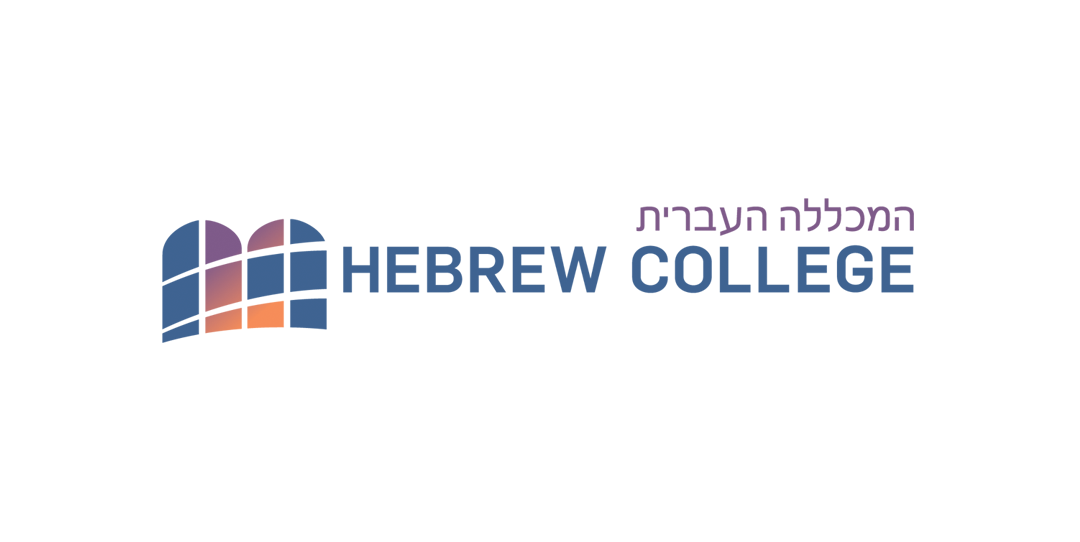Pluralistic Perspectives The Dual Nature of Shofar

 This reflection is an excerpt from the Hebrew College High Holiday Companion, published in August 2017, for study and reflection during the High Holidays. Learn more and order your copy.
This reflection is an excerpt from the Hebrew College High Holiday Companion, published in August 2017, for study and reflection during the High Holidays. Learn more and order your copy.

The sounding of the shofar, the ram’s horn, during the month of Elul leading up to Rosh Hashanah and on Rosh Hashanah itself, has a dual nature.
In one of the classic medieval codes of Jewish law, the Arba’ah Turim, the laws of Rosh Hashanah are introduced by describing the custom to blow the shofar during the month before Rosh Hashanah. Two verses are brought to support this practice. The first, from Psalms 47:6, reads: “God ascends amidst the blast, the Lord with the sound of the shofar.” The code of Rabbi Yaakov ben Asher explains that this verse recalls the moment when Moses ascends the mountain to receive the second set of covenantal tablets, and the shofar is sounded to mark Moses’ ascent and God is also raised up by the blasts of the shofar.
Nachmanides, the great medieval sage, points out that two different names of God are used in this one verse. The first one mentioned is the name Elohim, which denotes the attribute of judgment. The second half of the verse uses the Tetragrammaton, the four-letter name of God, which is associated with the attribute of mercy. According to Nachmanides, the attribute of judgment is connected to the teruah blast in the first part of the verse, and the attribute of mercy with the tekiah sound of the shofar, which is blown before and after the teruah. It is as if the attribute of judgment is enveloped in mercy, the sound of crying sandwiched between shouts of joy.
Perhaps God initially ascends to the throne of judgment, but rises upward to the even higher throne of mercy accompanied by the shofar’s joyous blasts. The shofar is thus our human effort to encourage God to move from his seat of judgment to the throne of mercy, to infuse the day of strict justice with the compassion that we humans so badly need, inspired by the sound of our most fundamental musical gesture, the cry of trepidation and joy produced through the ram’s horn.
 The second verse brought by Rabbi Yaakov comes from Amos 3:6: The prophet asks, “Is the shofar ever sounded in the city and the people do not tremble?” This verse understands the shofar as a divine sound directed toward the human being. The blasts of the shofar produce fear and trembling as they announce the presence of God, the ultimate judge. Here, the shofar serves as call to repentance, a shrill reminder of our accountability to God’s ever-present expectation.
The second verse brought by Rabbi Yaakov comes from Amos 3:6: The prophet asks, “Is the shofar ever sounded in the city and the people do not tremble?” This verse understands the shofar as a divine sound directed toward the human being. The blasts of the shofar produce fear and trembling as they announce the presence of God, the ultimate judge. Here, the shofar serves as call to repentance, a shrill reminder of our accountability to God’s ever-present expectation.
During the month preceding Rosh Hashanah and during the holiday itself, we are called to examine our thoughts and actions and to align them more closely with God’s spiritual and ethical standards.
The blasts of the shofar throughout this season of awe are focused inward toward human consciousness and self-reflection, while at the same time directed outward as a call to God’s merciful judgment, a cry that becomes a shout for joy in recognition of God’s compassion for our human condition.
Download this article in PDF format.
Rabbi Daniel Lehmann is the eighth president of Hebrew College. Previously, Rabbi Lehmann served as the founding headmaster of Gann Academy-The New Jewish High School of Greater Boston. He was also the founding director of The Berkshire Institute for Music and Arts, now known as BIMA at Brandeis.

